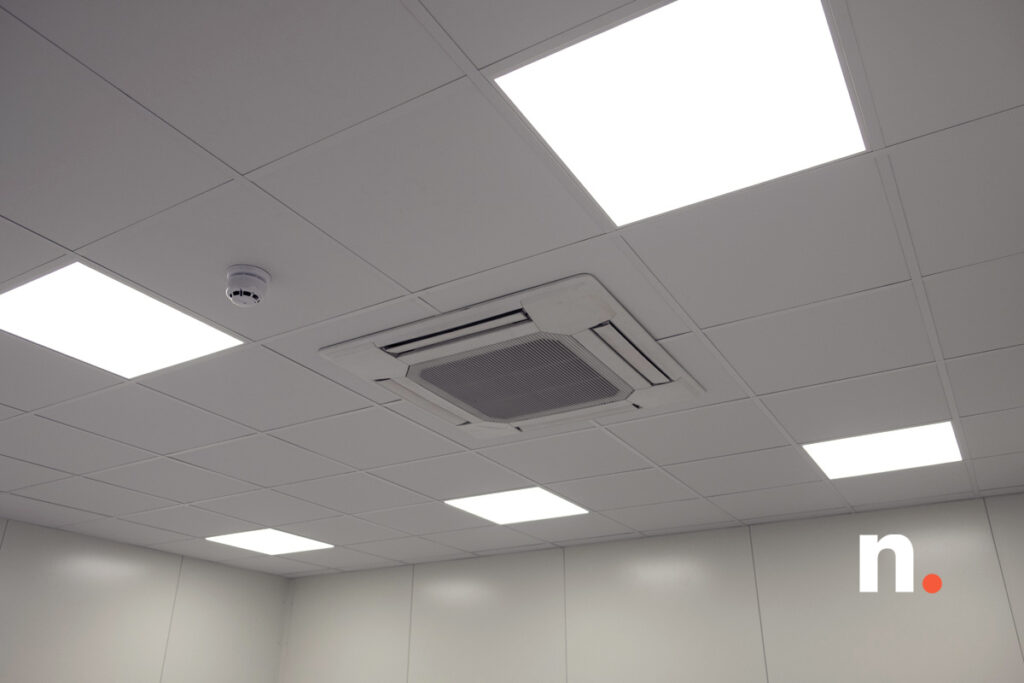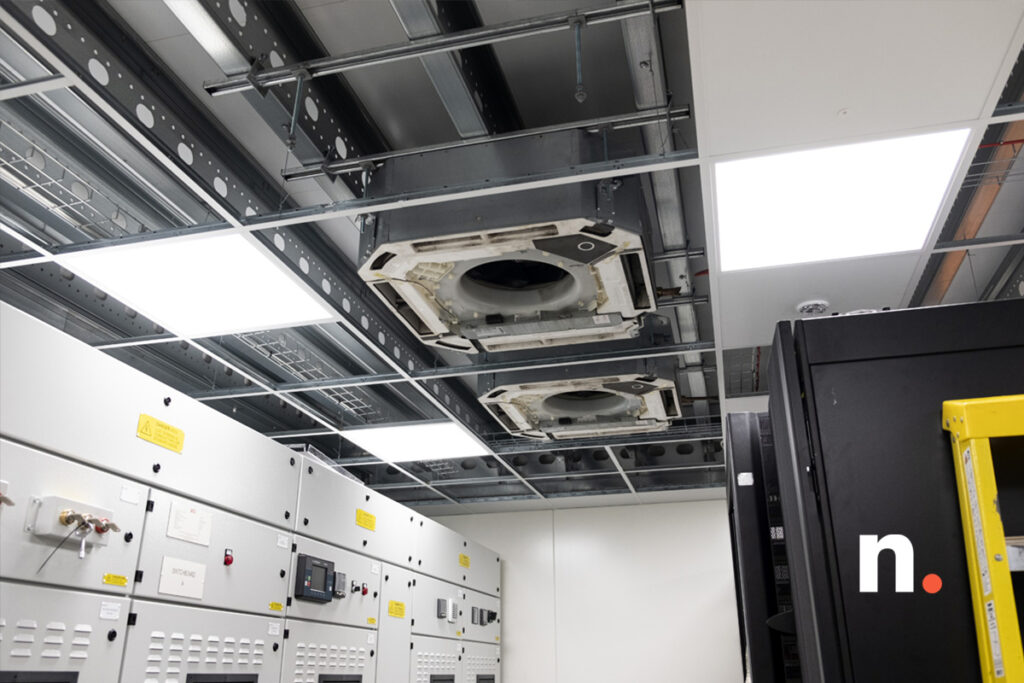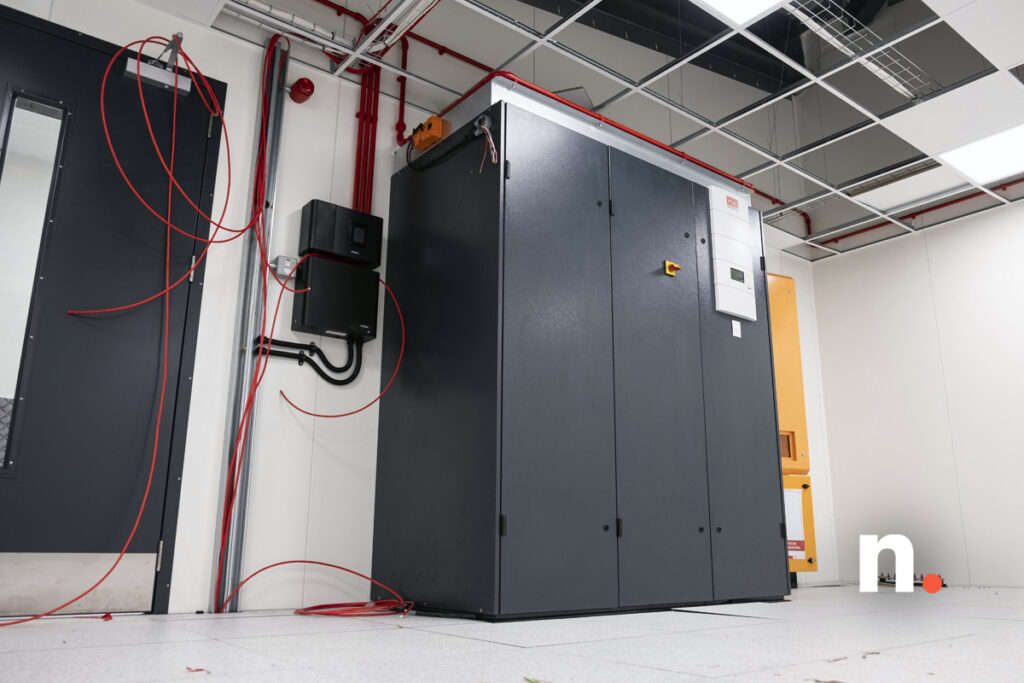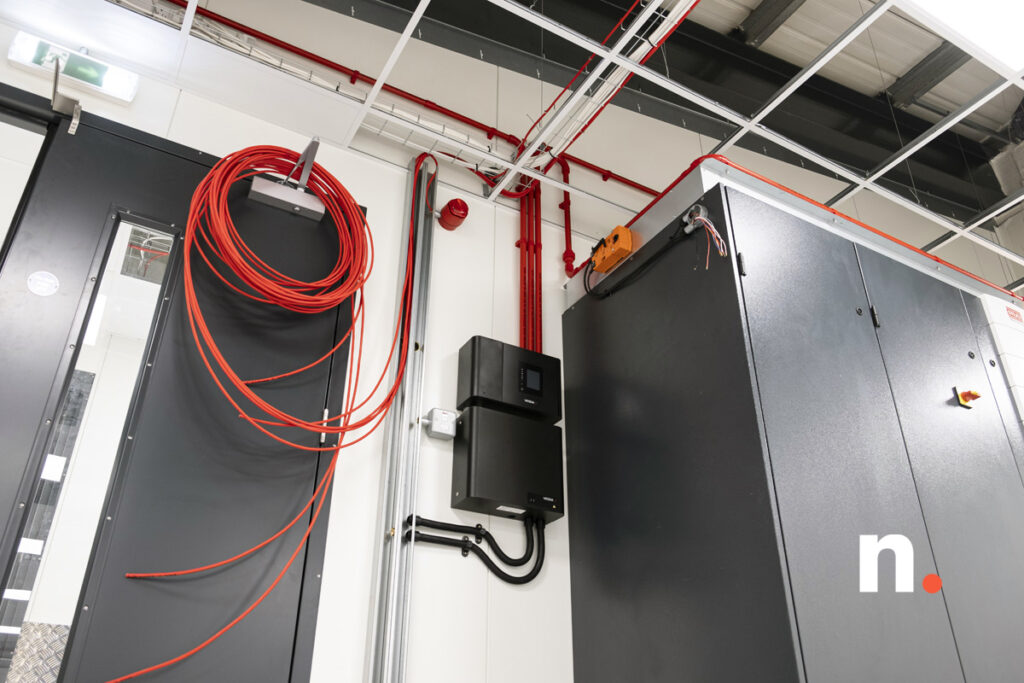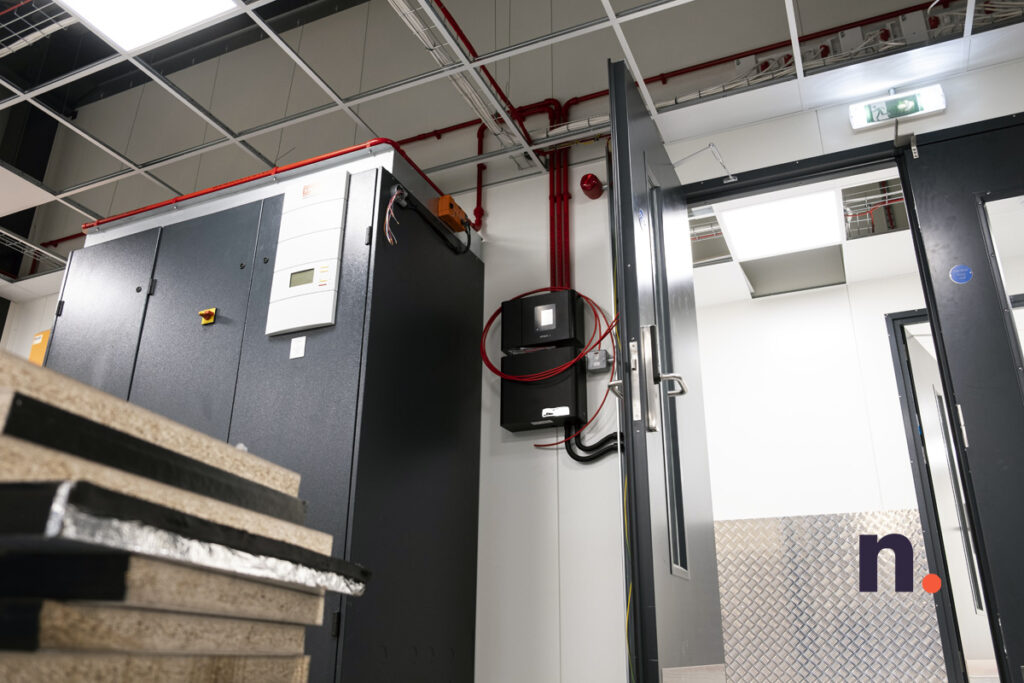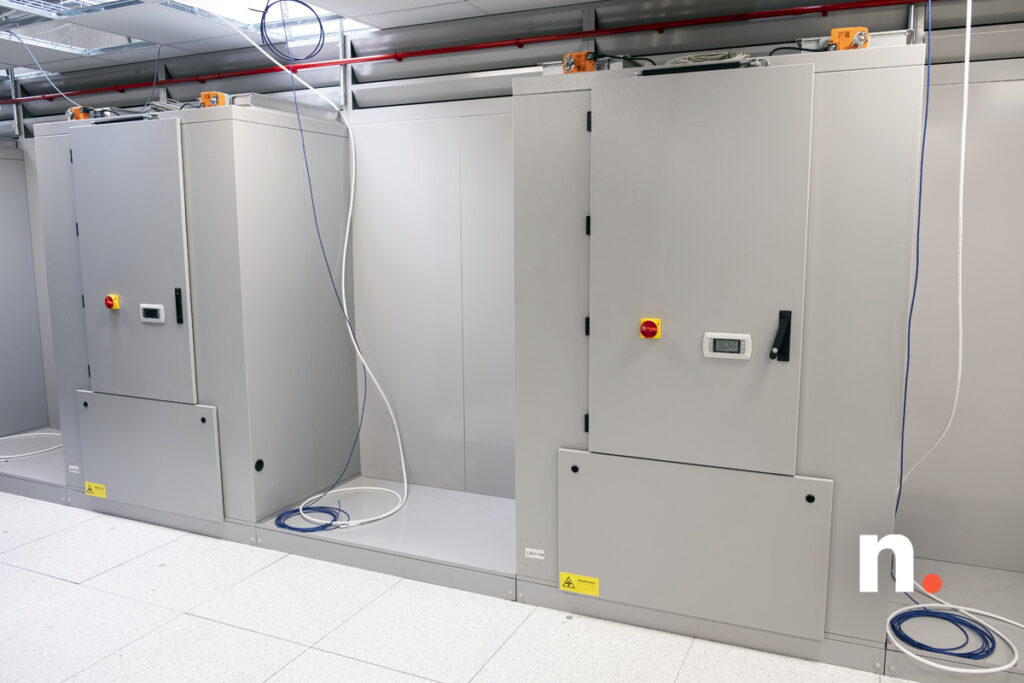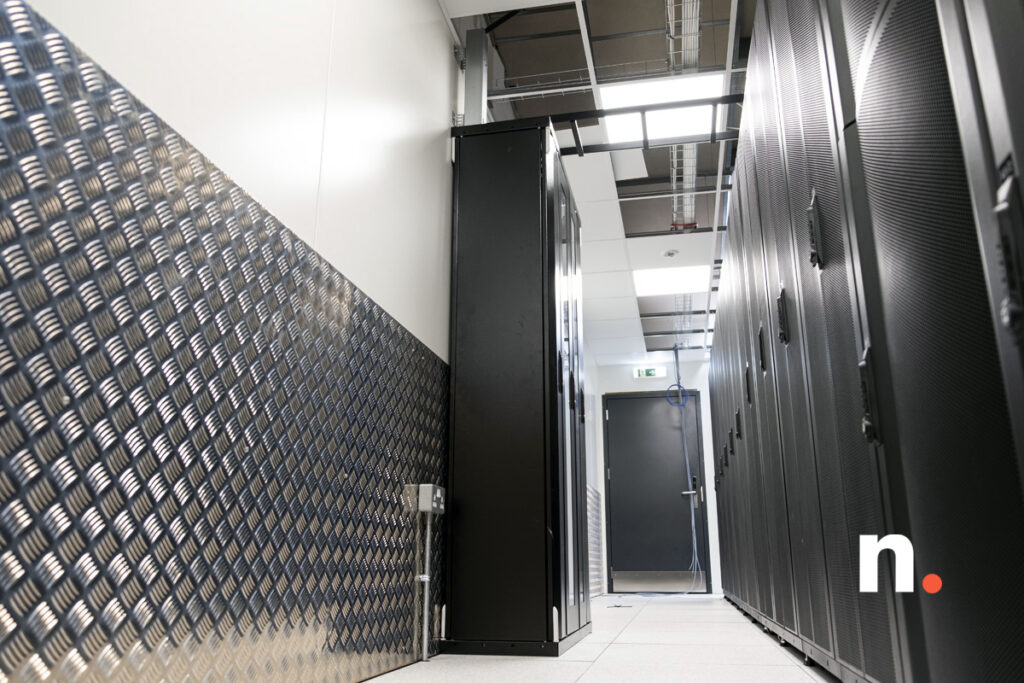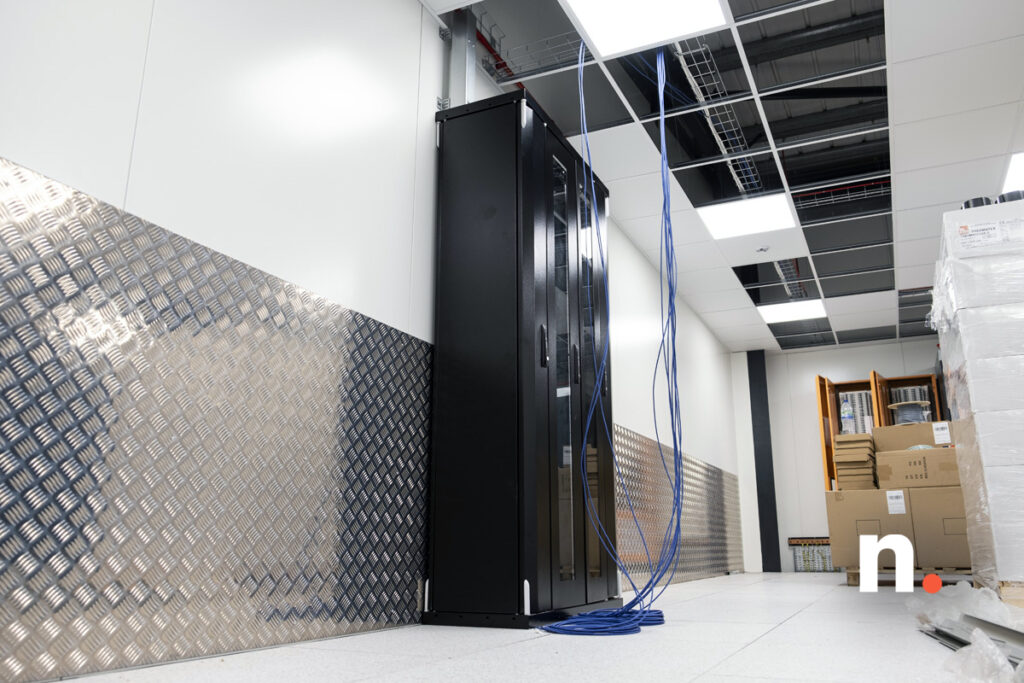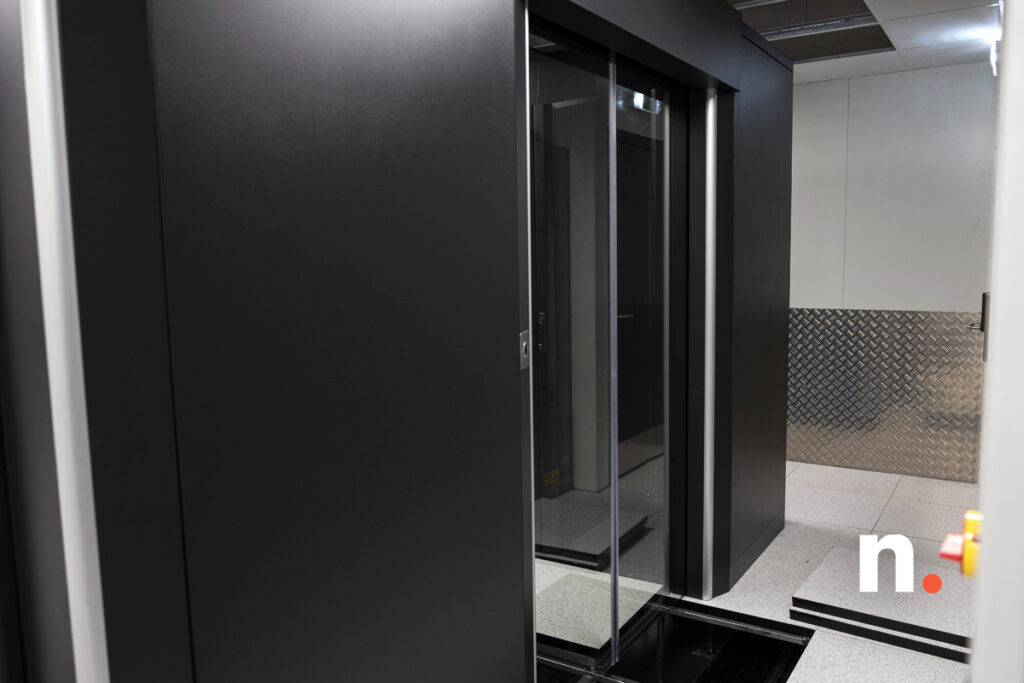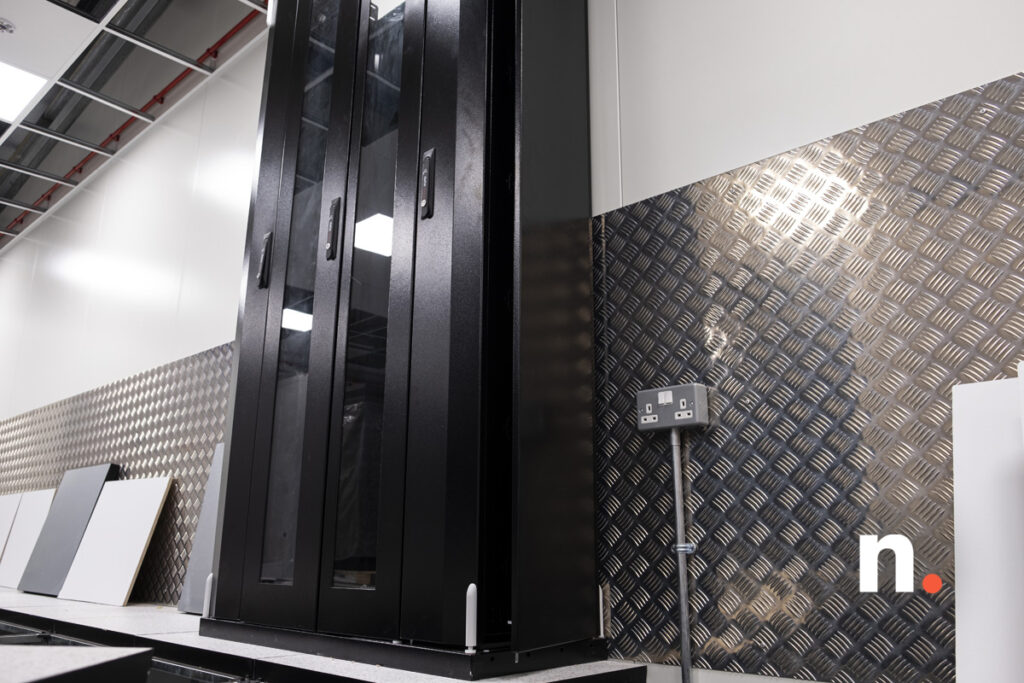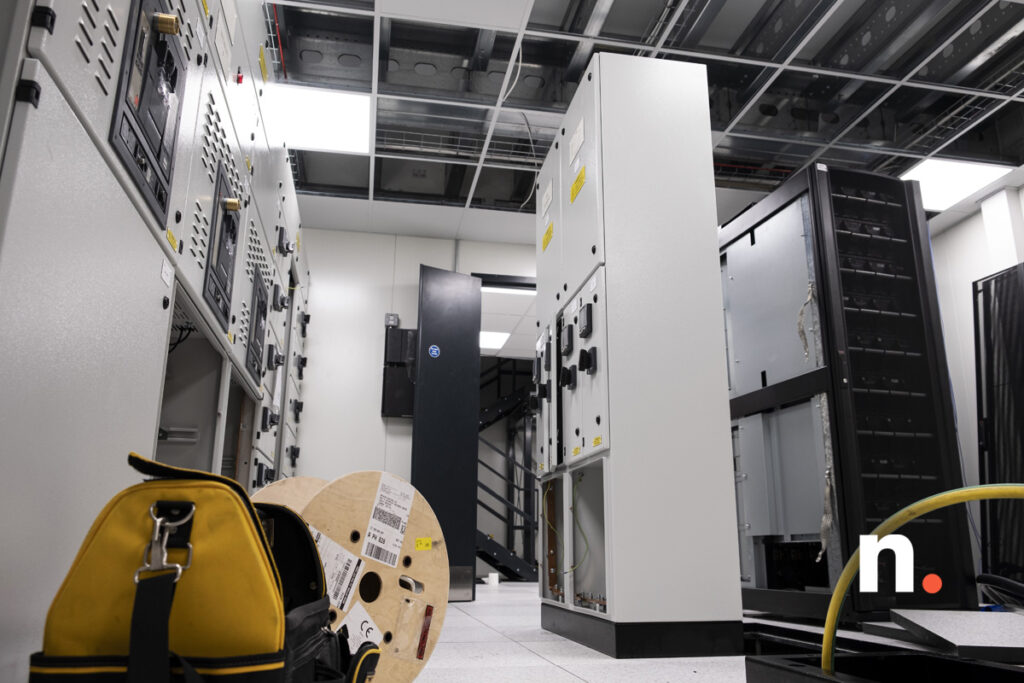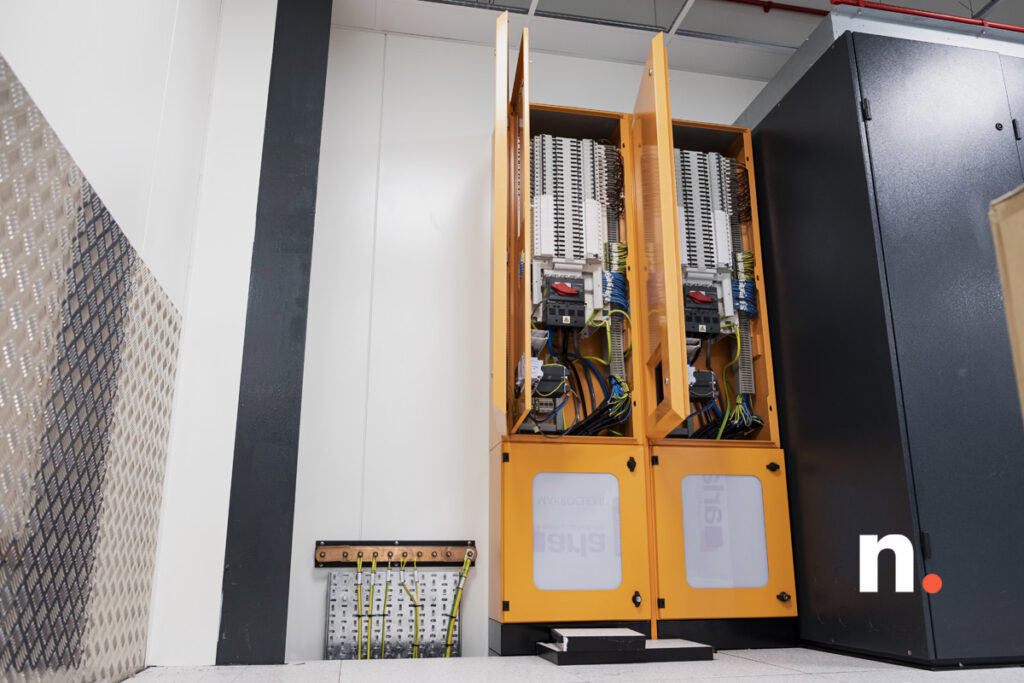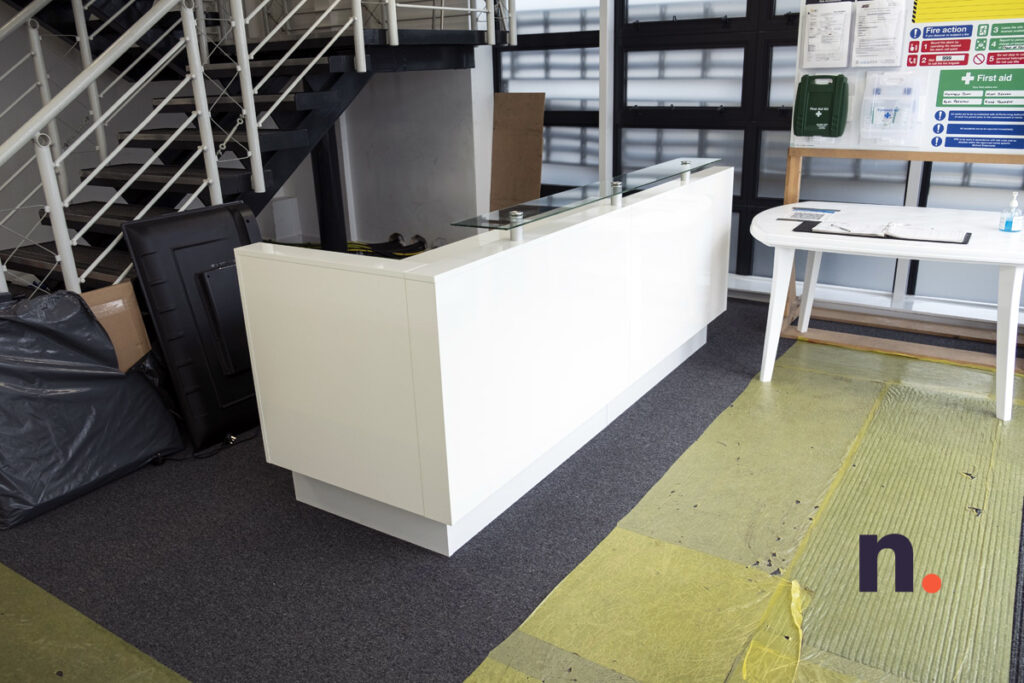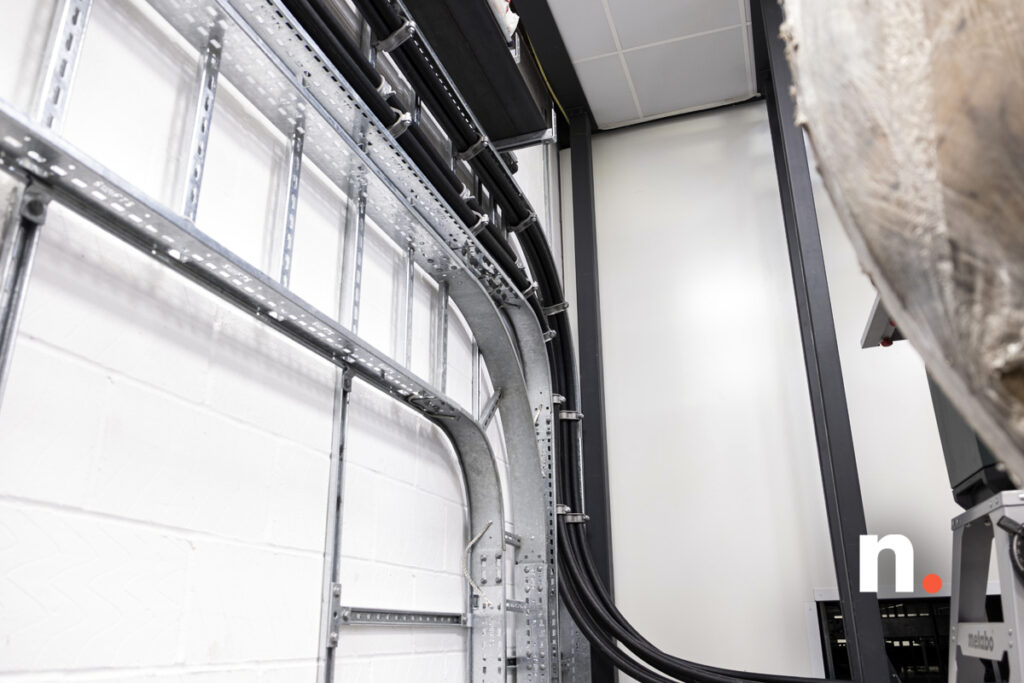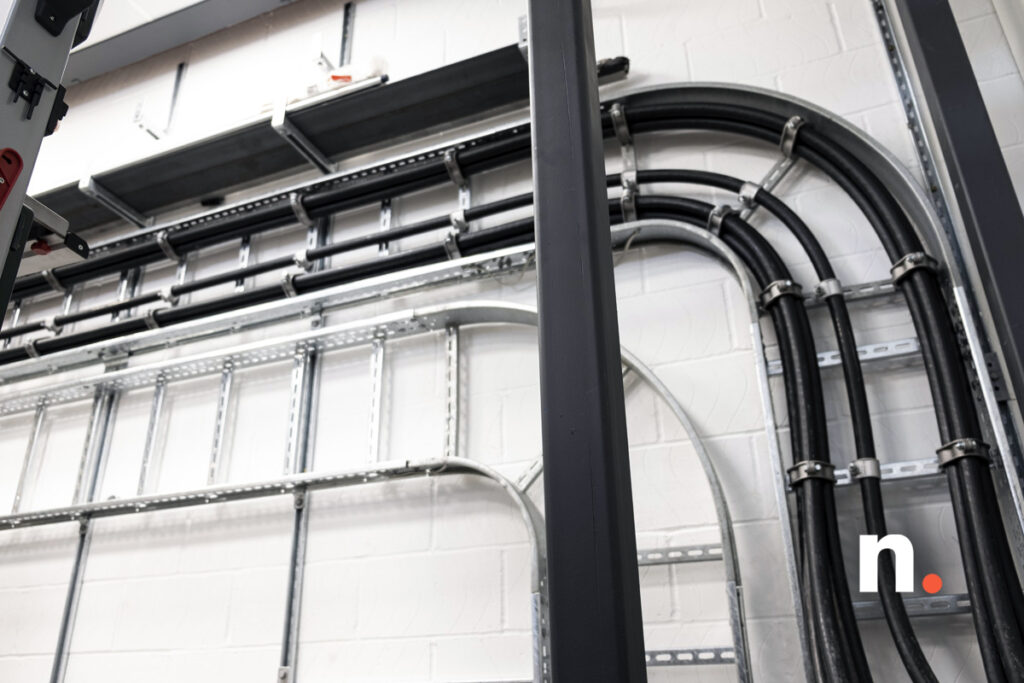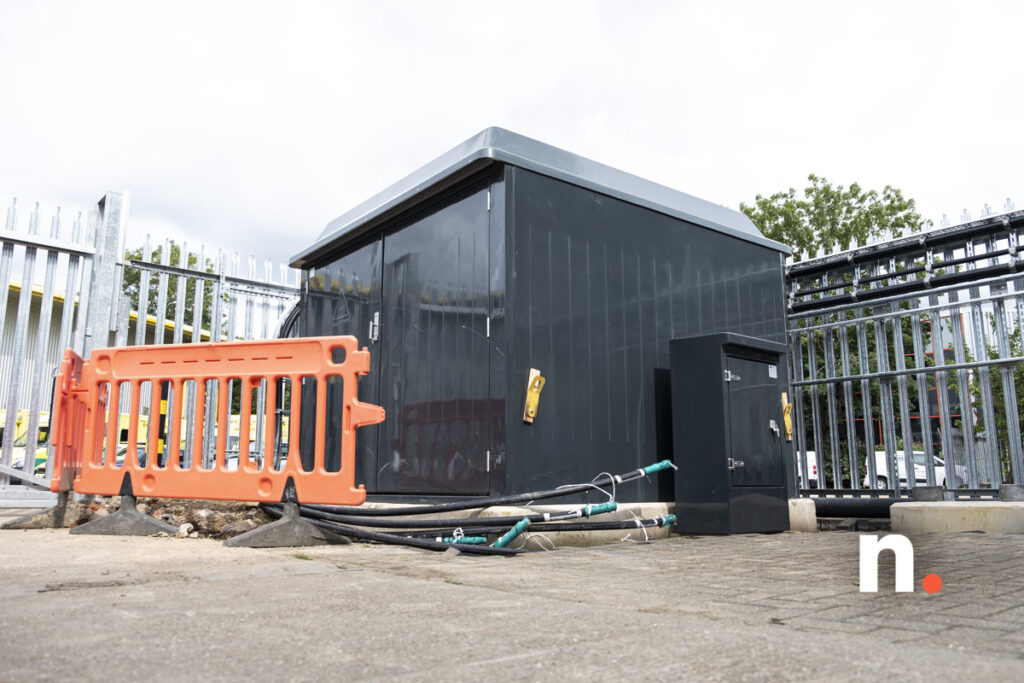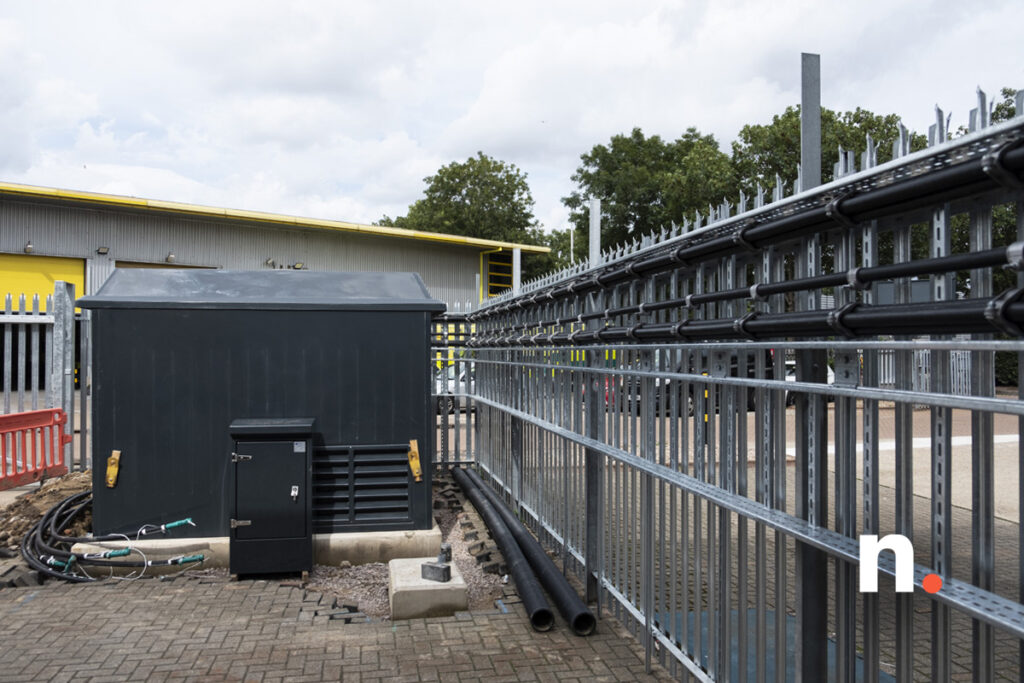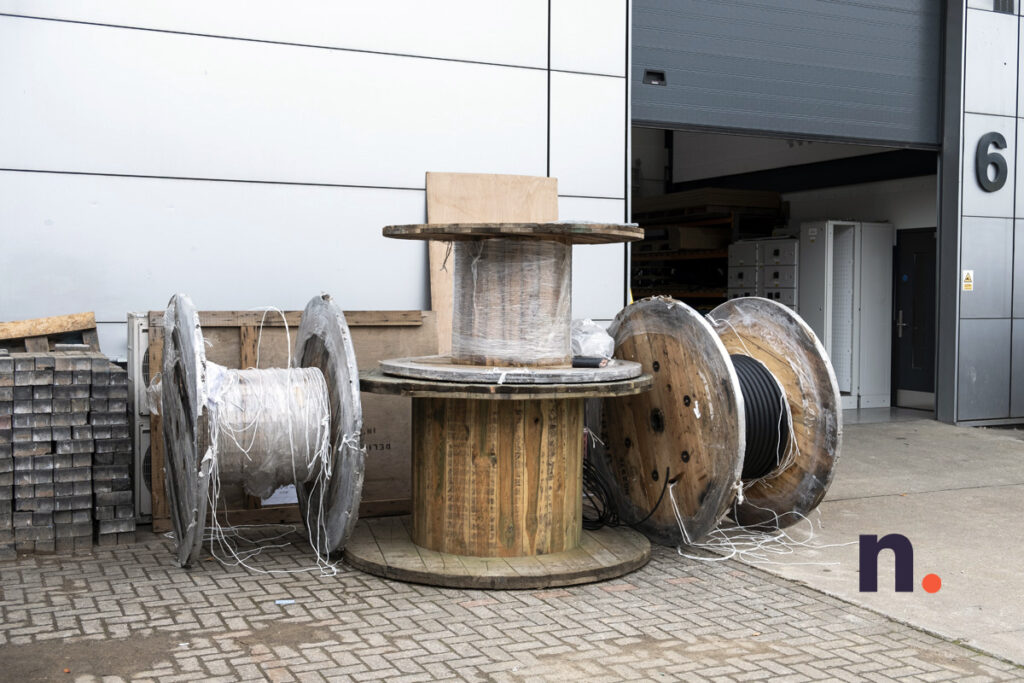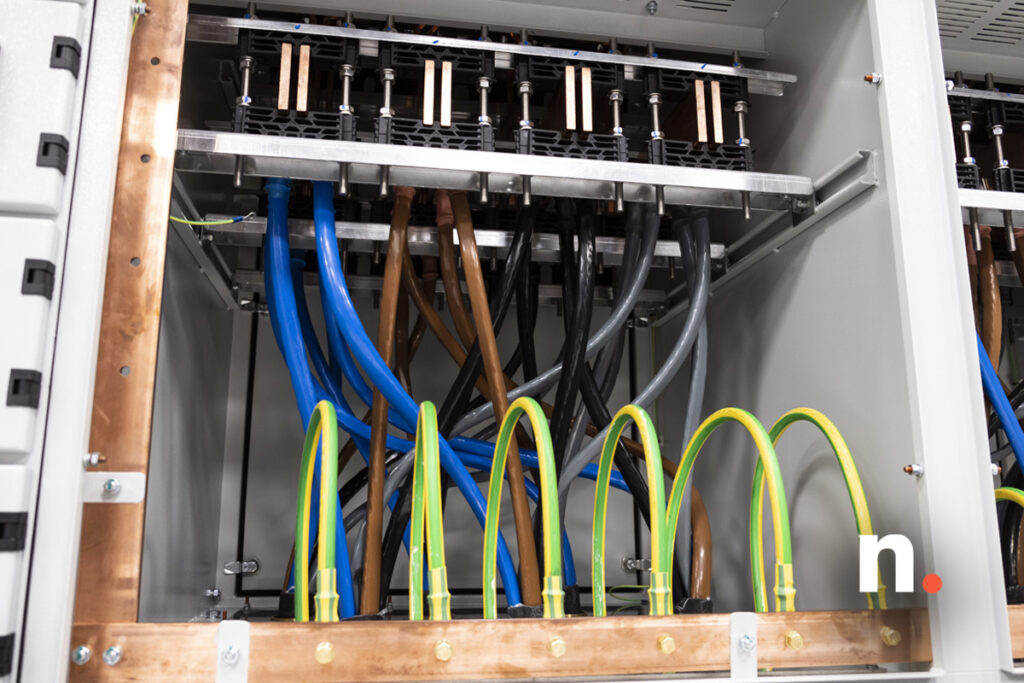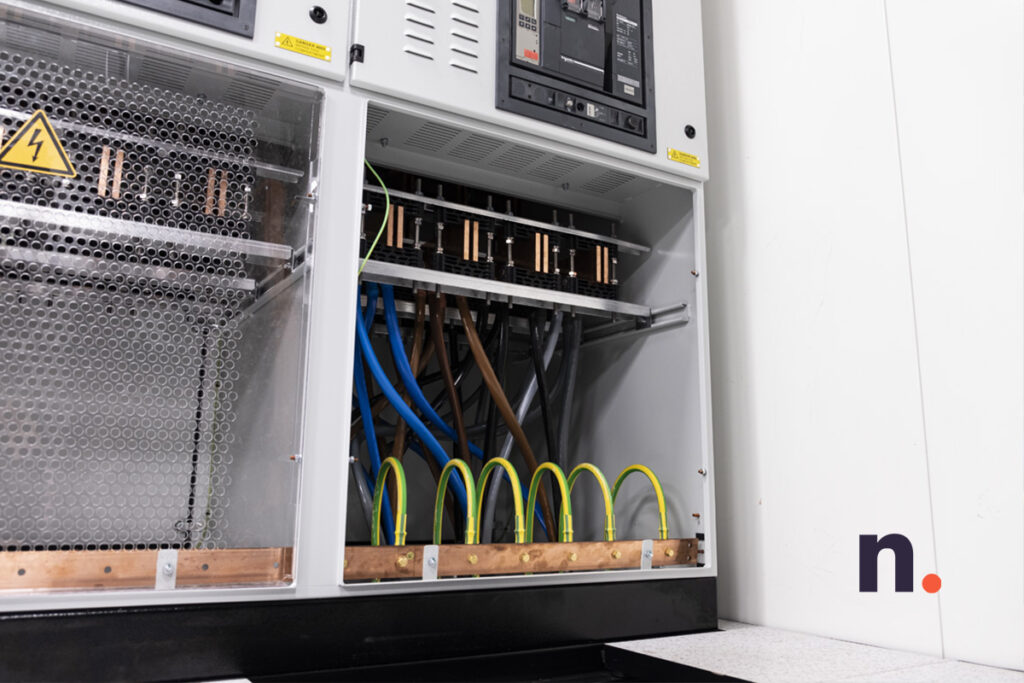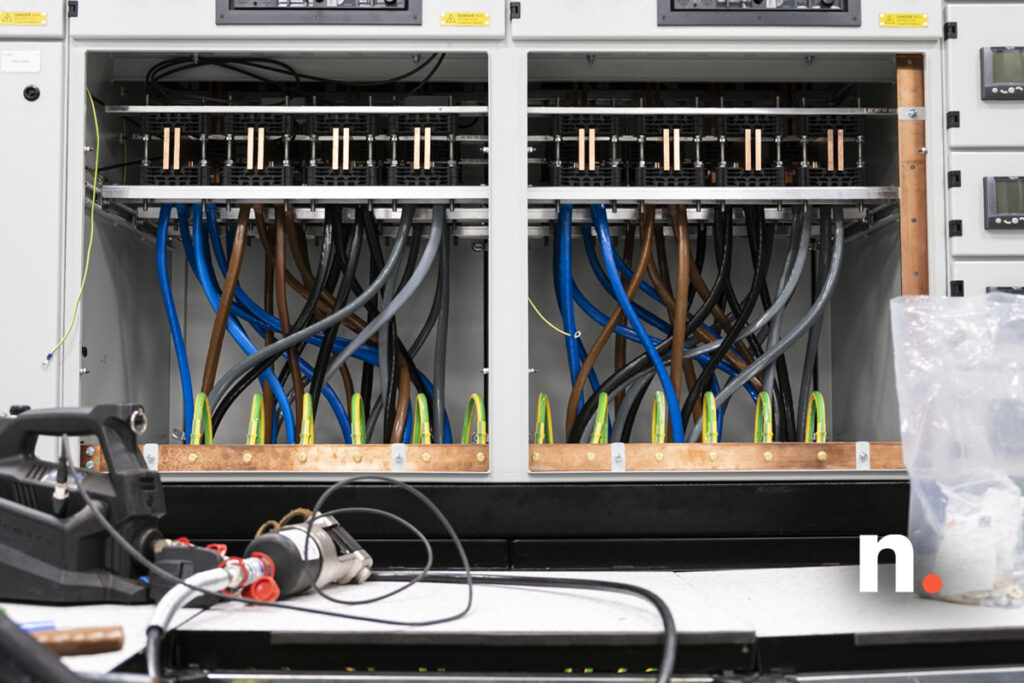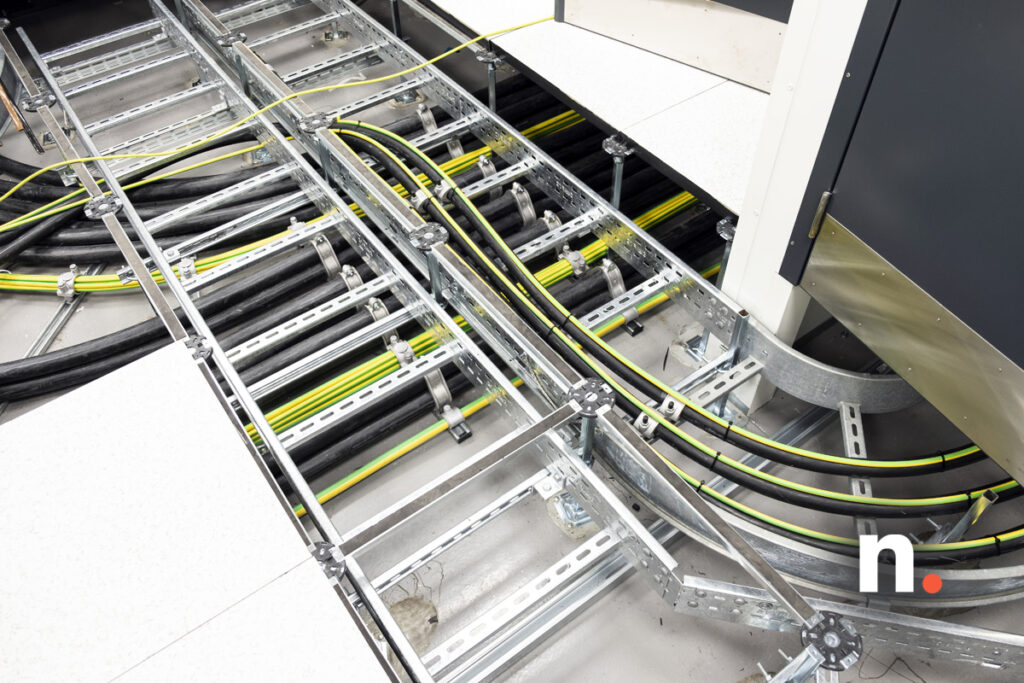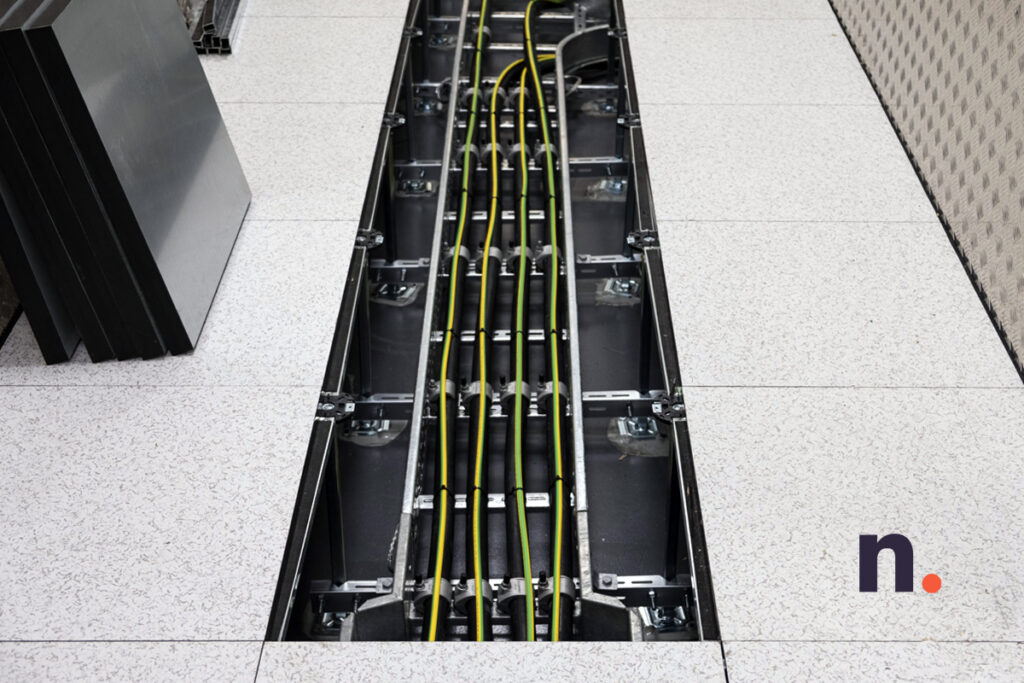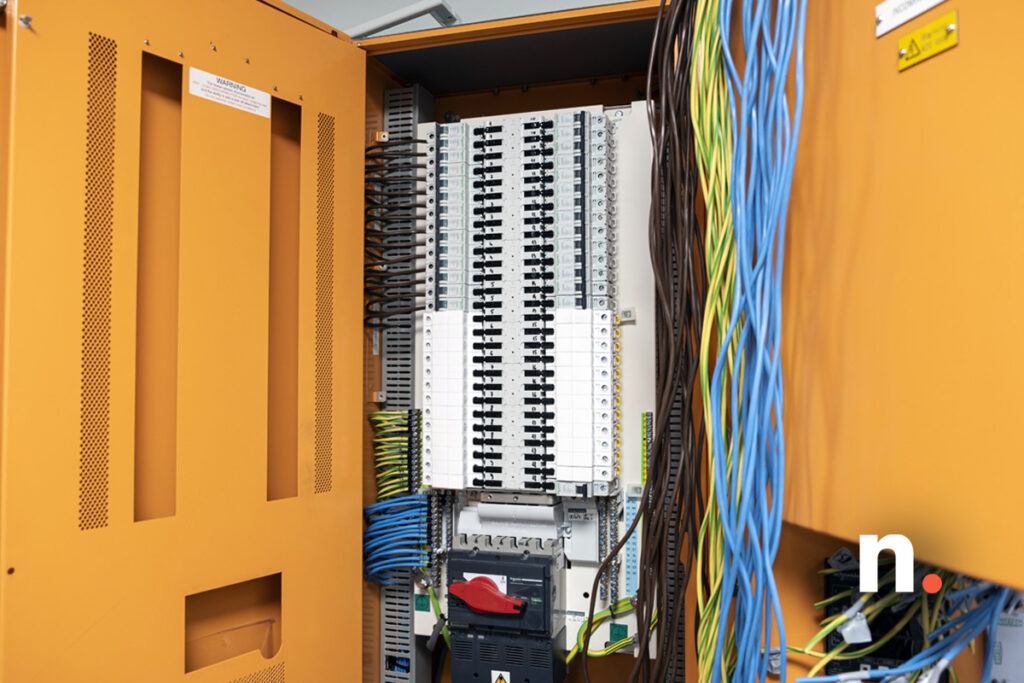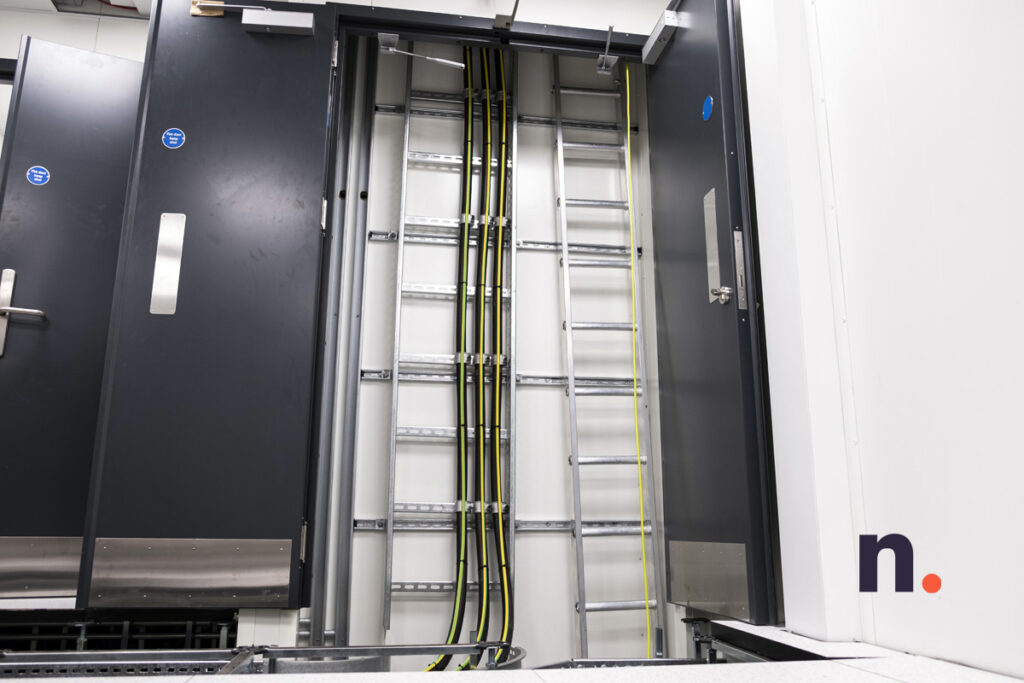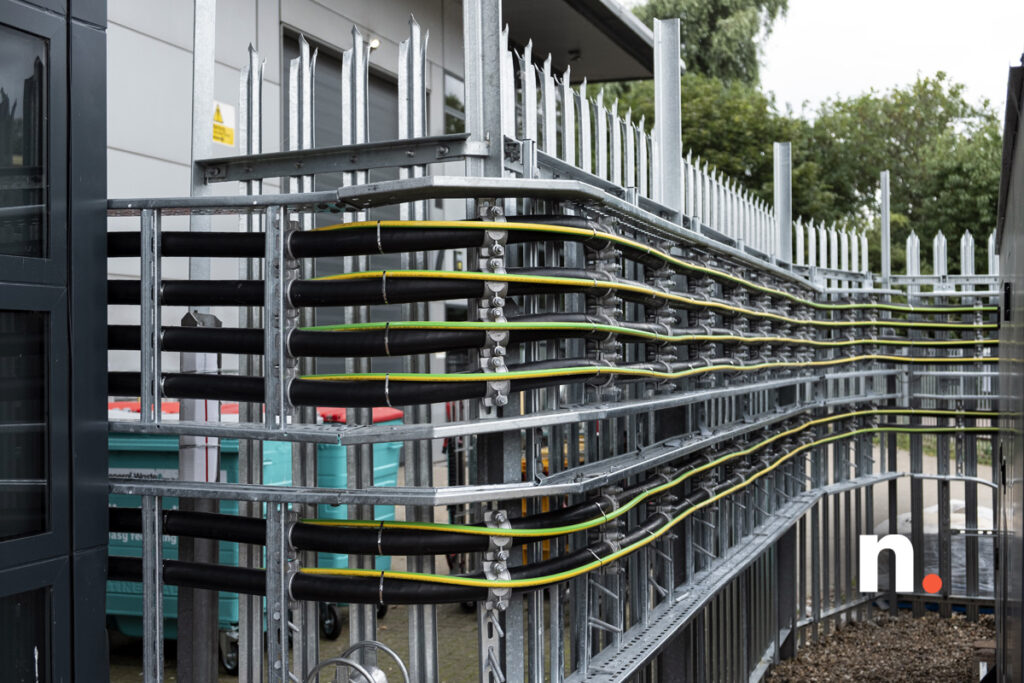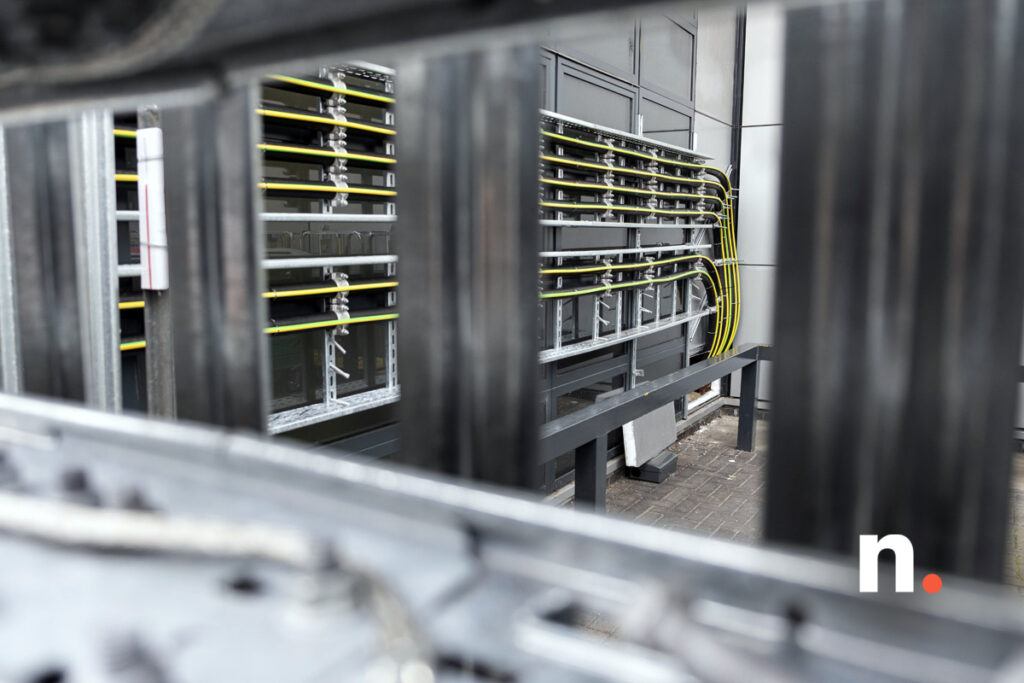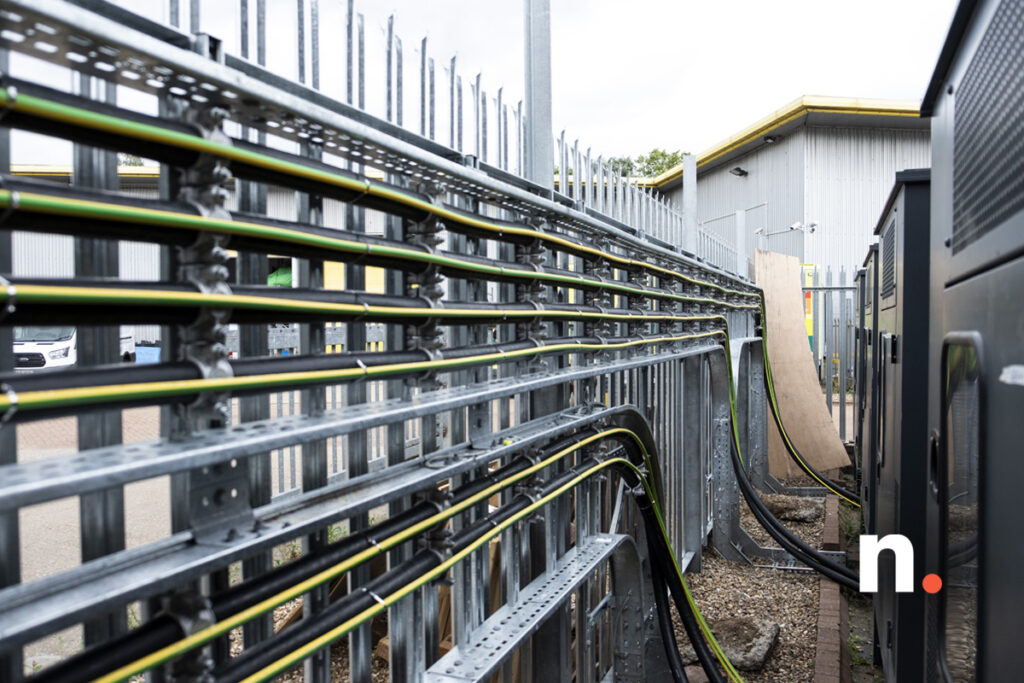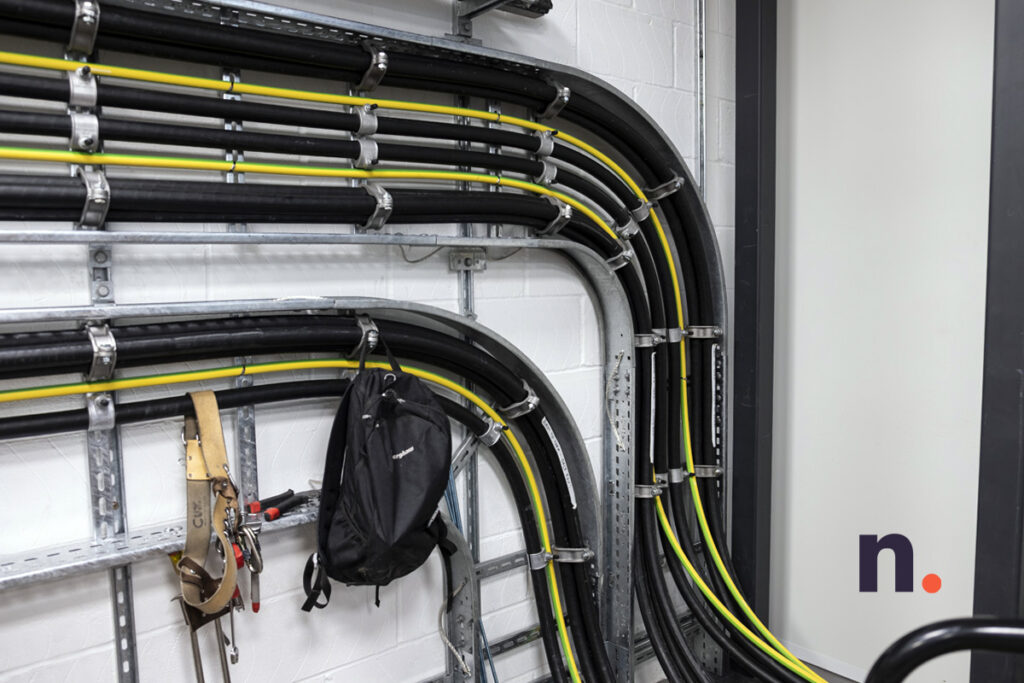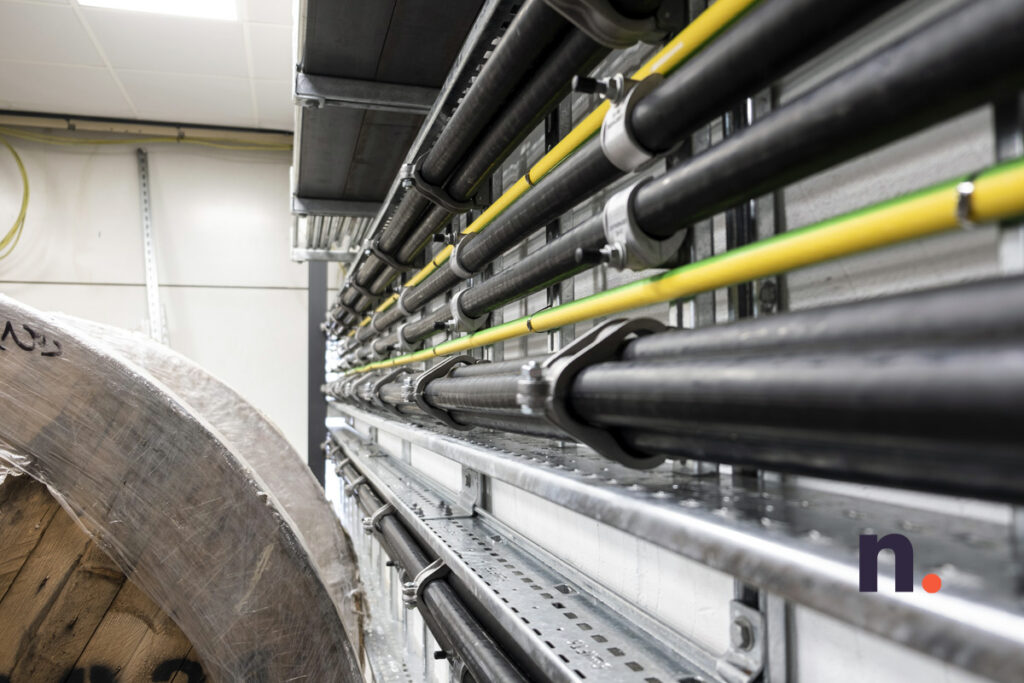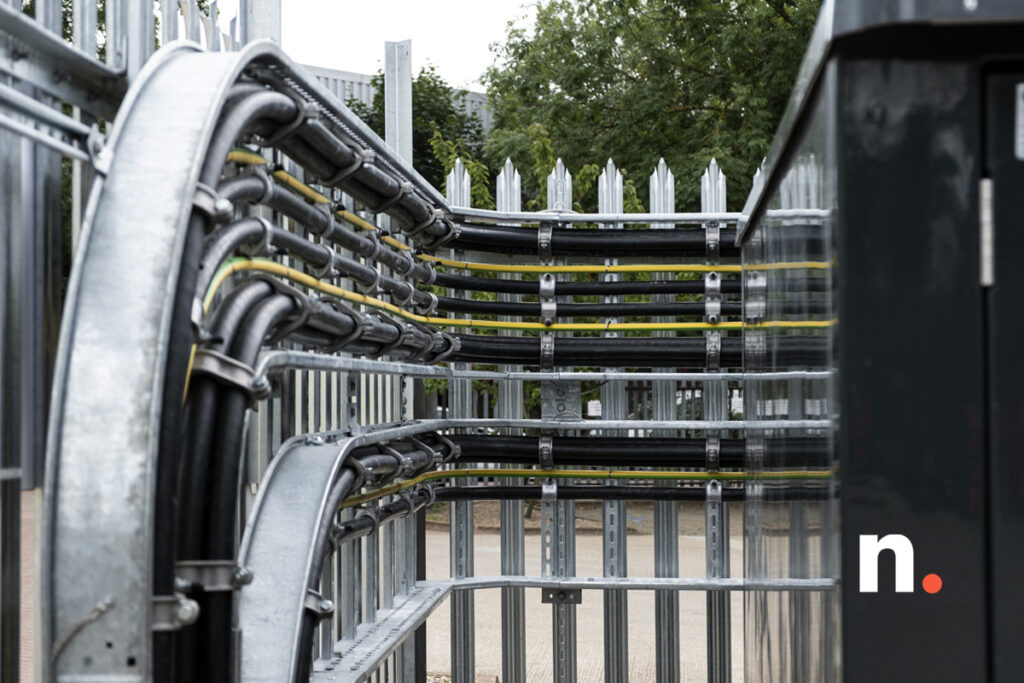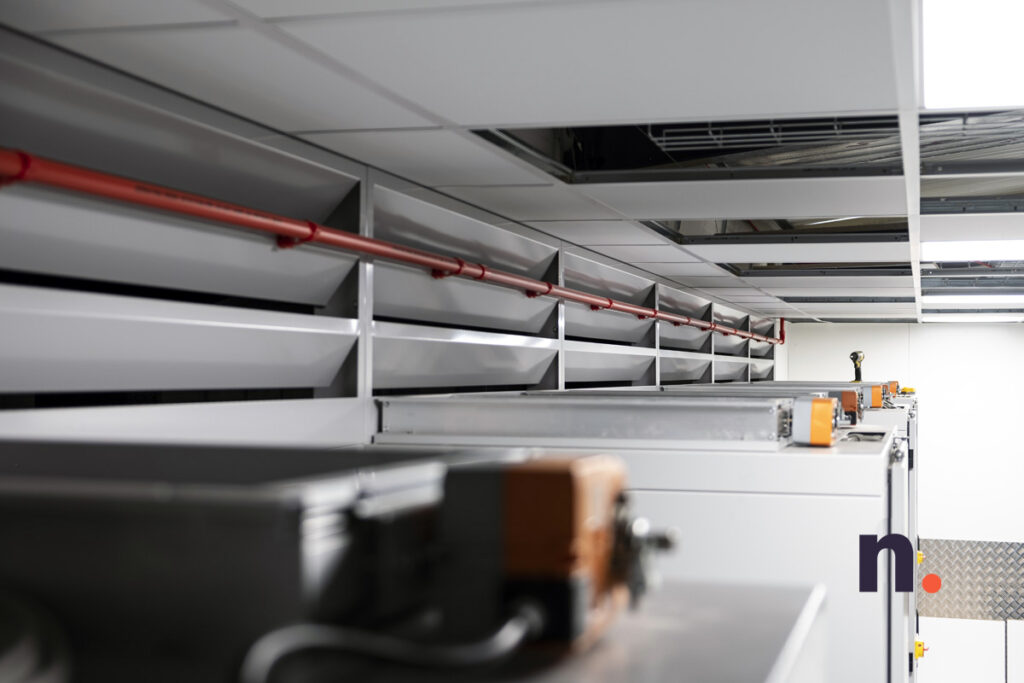Data shows that only half of UK organisations are confident in their business continuity plan. The importance of a BC plan is evident in how many businesses were affected by the pandemic.
Are you concerned for the well-being of your company? Keep reading to find out the best way to protect yourself and your organisation.
What is Business Continuity?
Business continuity is a term that serves to explain how a company might continue its essential functions even during an unforeseen event. These events can include the following:
- Natural disaster
- An outbreak of a disease
- Fire / flood
- Cyberattacks
- Industry Strike
A business continuity plan (BCP) includes essential items and procedures that are to be followed in the event of a disaster, whether they are small or large. In addition, it often covers practices that allow the company to function with minimal disruption during the said event.
What is Disaster Recovery?
During your research, you may have come across the term “disaster recovery.” Often, business continuity and disaster recovery are used interchangeably; this is a misconception.
A disaster recovery plan often deals with data protection and cyberattacks. However, it also protects against events such as a system failure or even a device failure.
Business Continuity vs Disaster Recovery
Business continuity is often referred to as the plan needed in case of a disastrous event. It is planned ahead of time and implemented during an unforeseen event. In contrast, disaster recovery is the plan that is executed after the event.
Another key difference is that a disaster recovery plan focuses more on recovering the IT infrastructure of the business. In contrast, the BCP focuses more on the daily operations of the organisation.
What does a BCDR plan look like?
A BCDR plan tackles the issues that arise during an unforeseen event. It often includes the ‘four-R’ predefined plan to allow for continuous operations. The four-R plan is as follows:
- Respond
- Recover
- Resume
- Restore
While this may give you an idea of a BCDR plan, it is essential to include some key components in your plan:
Contact info and SLAs
A business continuity plan should include the correct contact information and service level agreements (SLAs) required to identify and inform the right parties. These parties include emergency responders, stakeholders, key staff members, managers, data security, and any service providers.
This information should be the first step in your plan, as it is crucial to inform the right members of your team.
BIA
Business impact analysis helps predict what procedures could be impacted by the disaster. This analysis can help you identify and gather information to prepare for the event.
The BIA will help you analyse items such as extra expenses, revenue loss, reputation damage, dependencies, repercussions of disruptions, and more.
Risk assessment
A risk assessment identifies the risks that could trigger a disastrous event. When completing a risk assessment, your company will need to identify possible hazards such as a fire, flood, terrorism, pandemic, and cyber-attack.
Additionally, you will need to assess the assets at risk, much like the business impact analysis.
Communications
Once you have your contact information together, you will also need to determine the communications method of contacting the critical members involved. Finally, you will need to assess how to reach each group effectively. These groups include your employees, customers and clients, and providers.
Communication is key in any relationship, especially in business. However, in the event of a pandemic such as COVID, it is essential to communicate the company’s needs to your employees, the restriction on which you can operate to your clients, and what your shareholders can expect until the disaster is alleviated.
Testing
Arguably, the most important aspect of your plan is to test it. Having a plan meets the minimum requirements but knowing that it works is critical. Additionally, it is imperative to practice the plan so that your team knows what to do in such an event.
While you are testing the plan, look for gaps and weaknesses in your plan. You may notice that, in theory, the plan works well. However, you need to update and document when the plan falls through in practice.
Data centres: which solution is right for you?
A proper BC plan includes a data recovery plan to restore the servers and systems of your organisation. This data is different for each company; however, you’ll need to recover software, hardware, and basic operations for each company.
The first step to recovering your data is a regular backup. You can do this in-house; however, in the case of a fire, flood, or earthquake, you risk losing the data that is essential to your company’s operations.
However, a data centre provides a safe and secure place for your organisation to store essential data. When you are looking for a reputable data centre, consider the precaution the centre takes to protect the data. Ask yourself questions like:
- Is it cooled?
- What hardware is used?
- What power system is in place?
- Is the centre monitored 24/7?
Implement your BCDR plan today
Is your business safe and secure in the case of a disastrous event? It is essential for your organisation to implement a business continuity and disaster recovery plan.
Perhaps you already have a plan in place and have decided to backup your IT infrastructure at a data centre. Look no further, contact us today to book a tour and see how we can help you prepare for unforeseen events.


